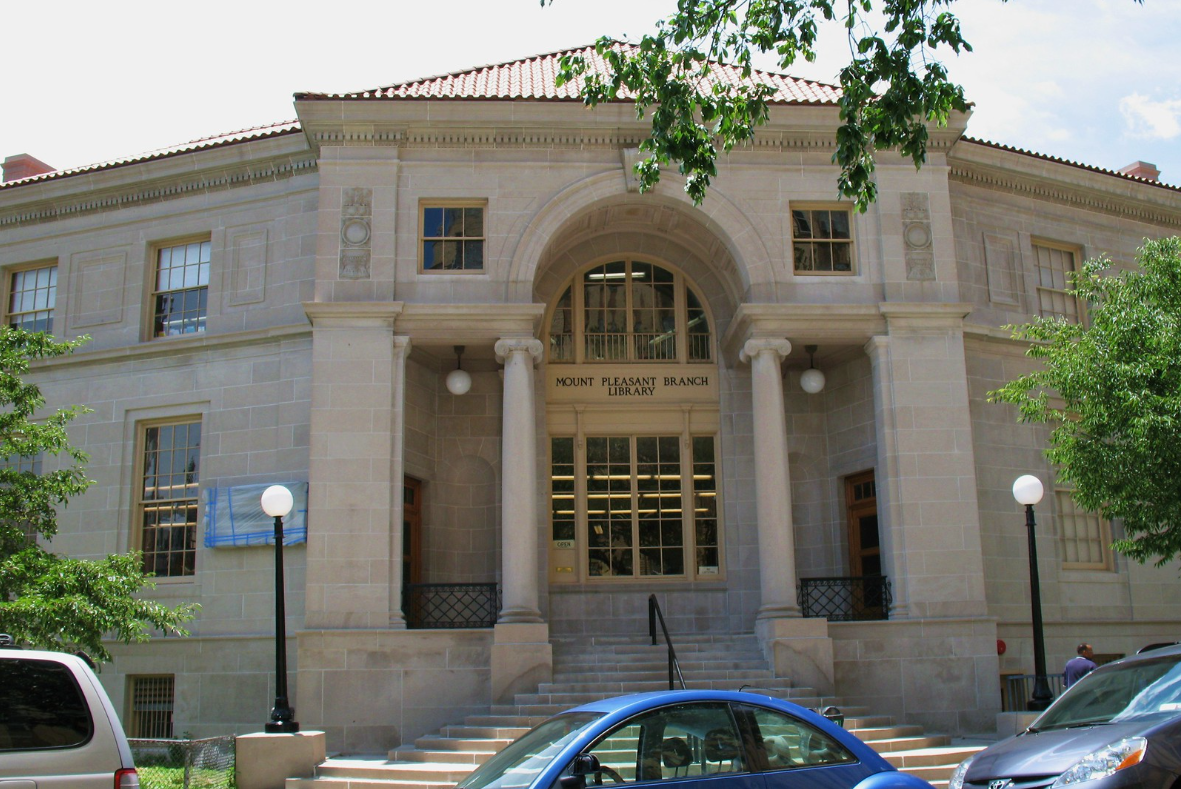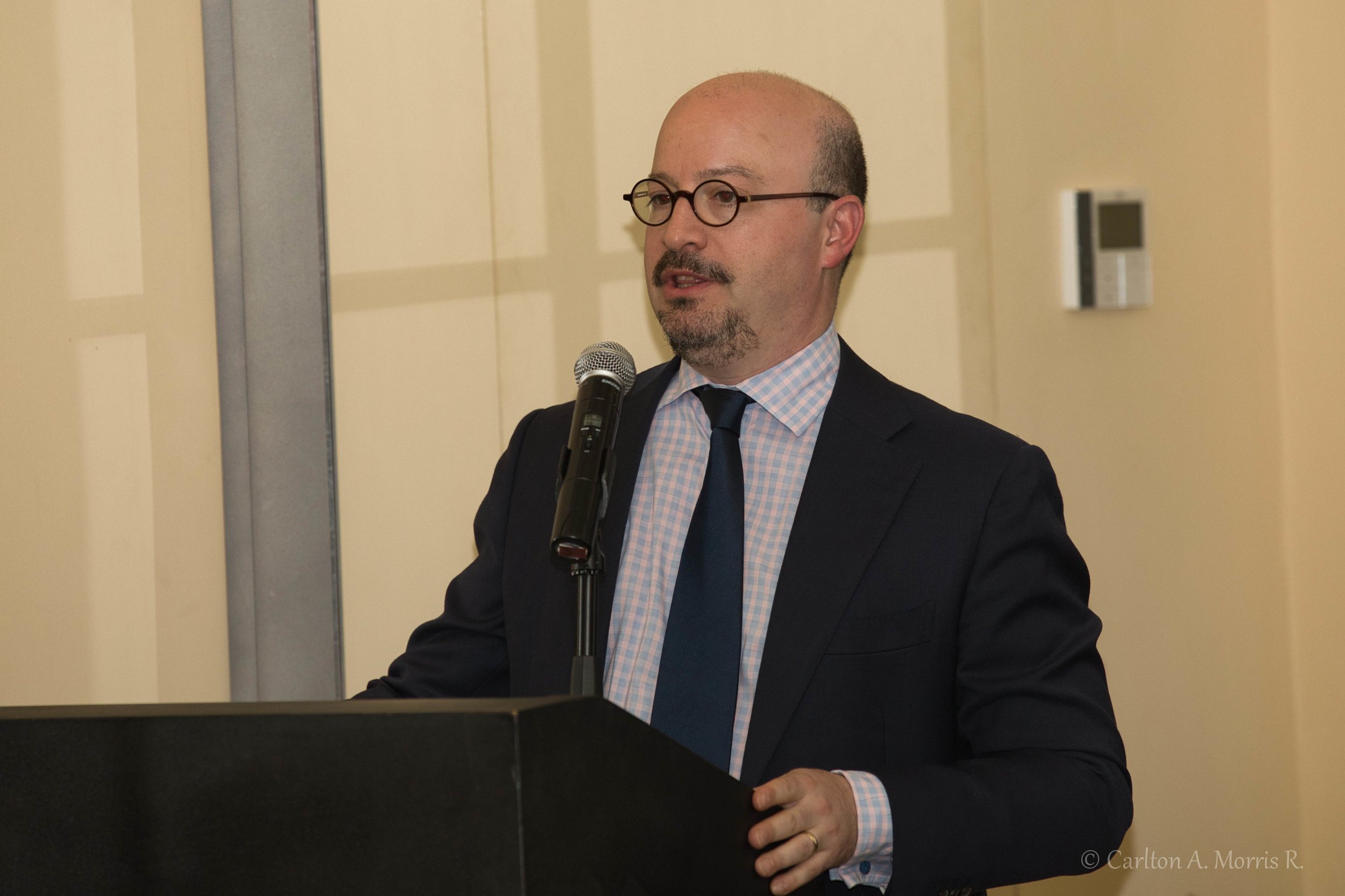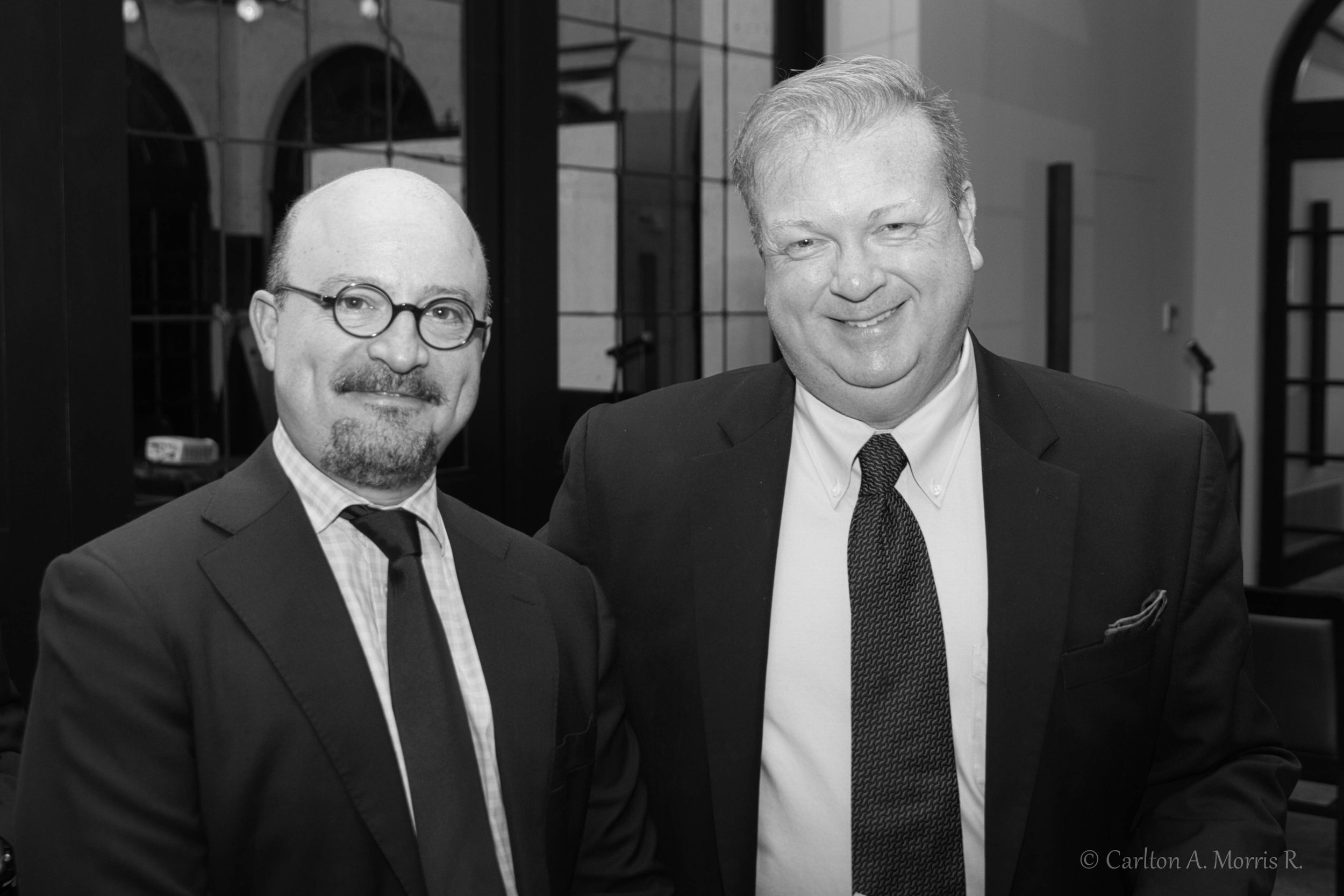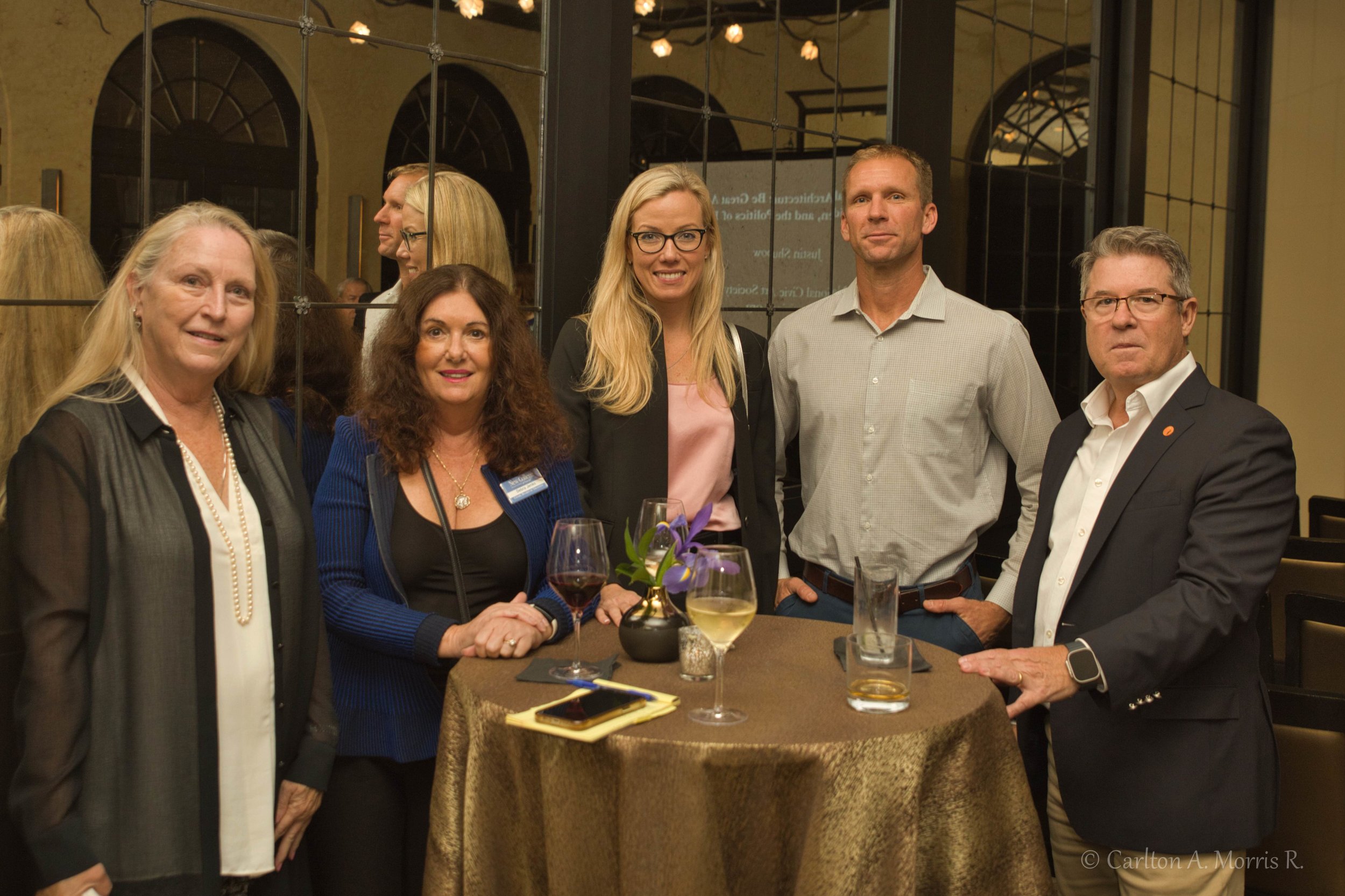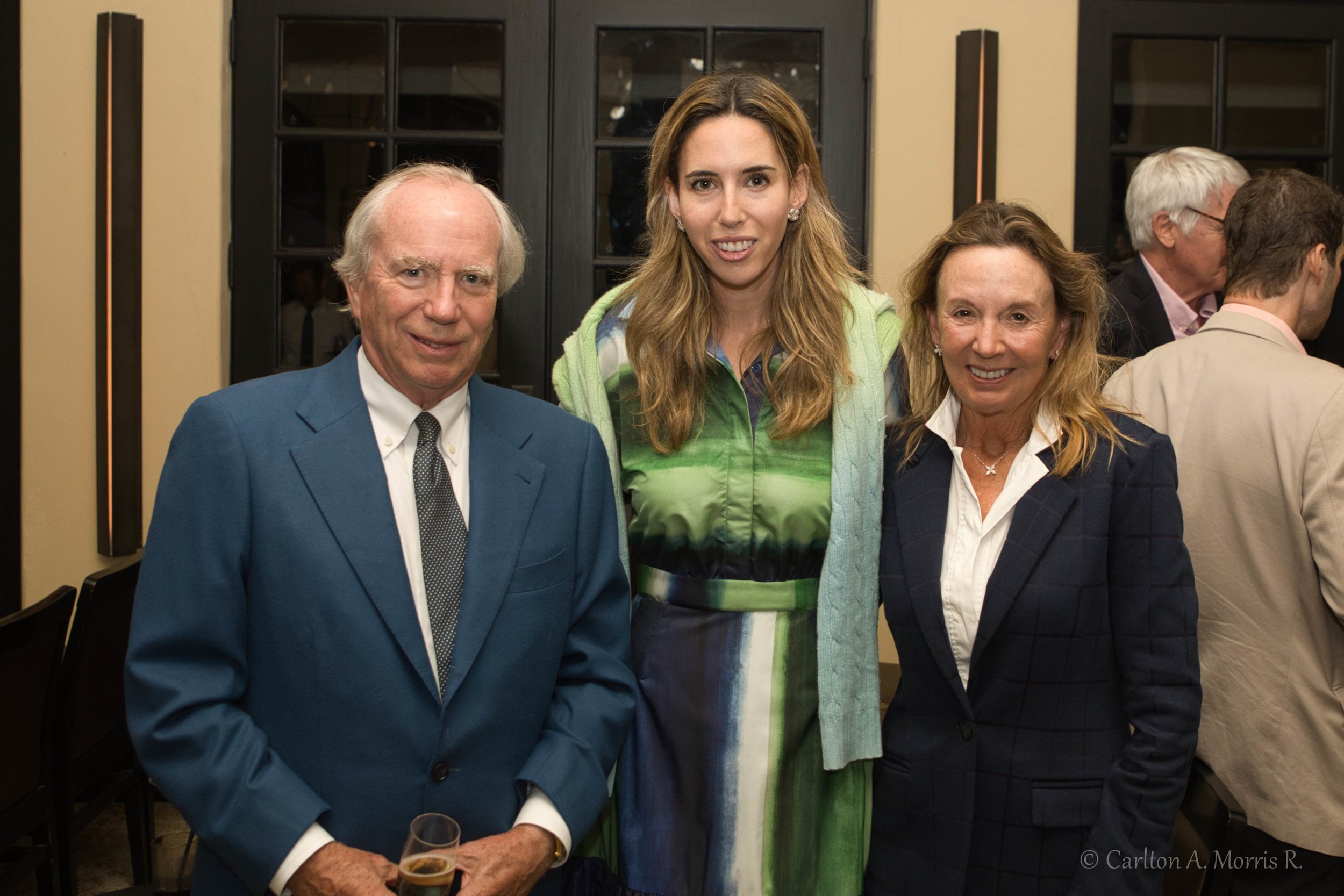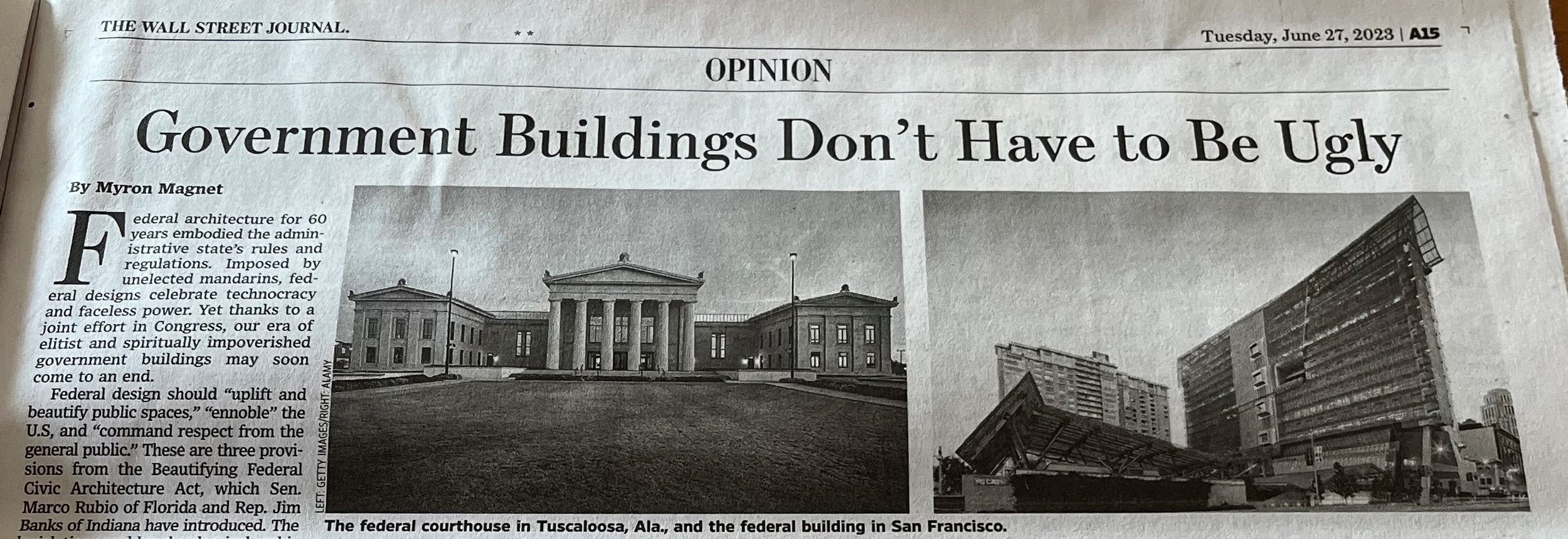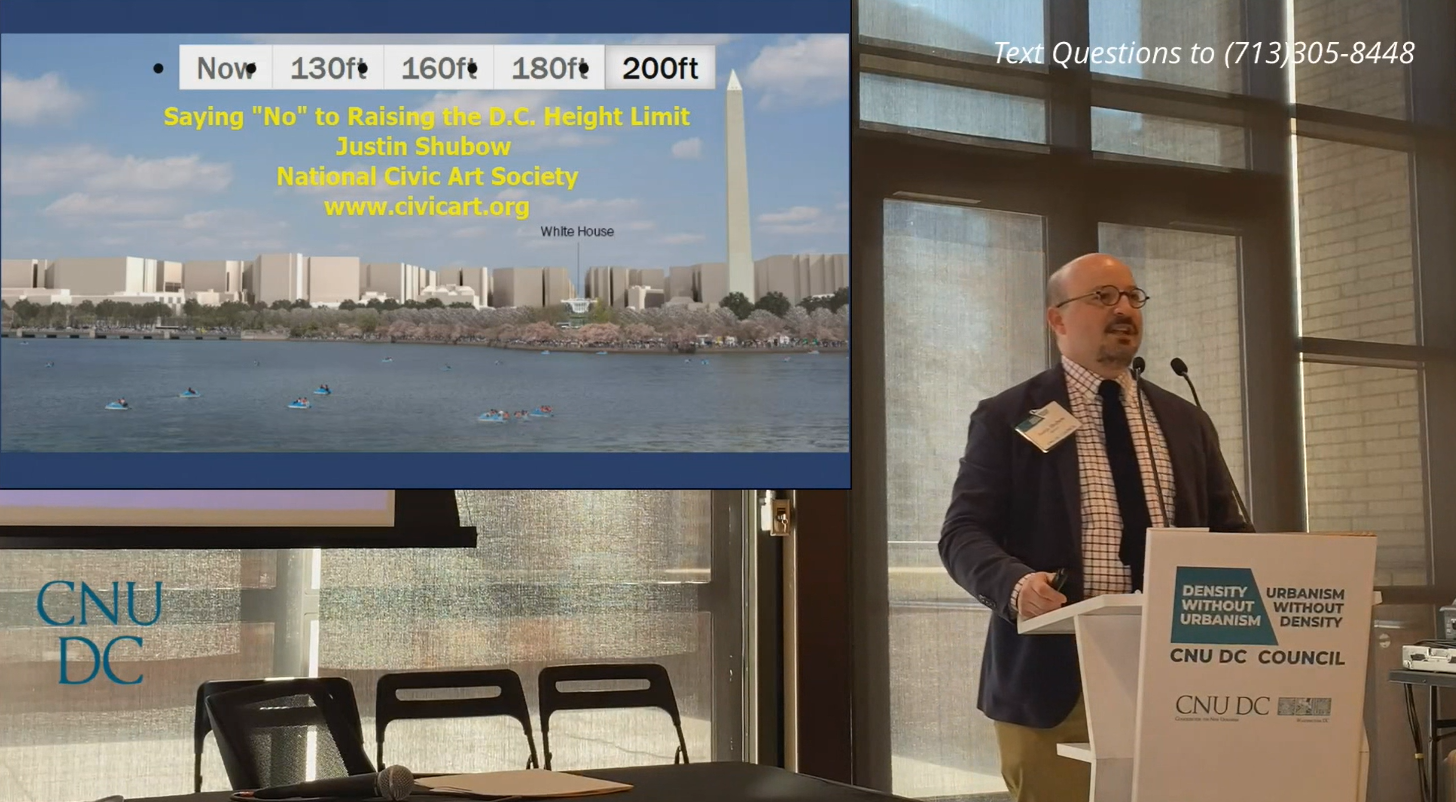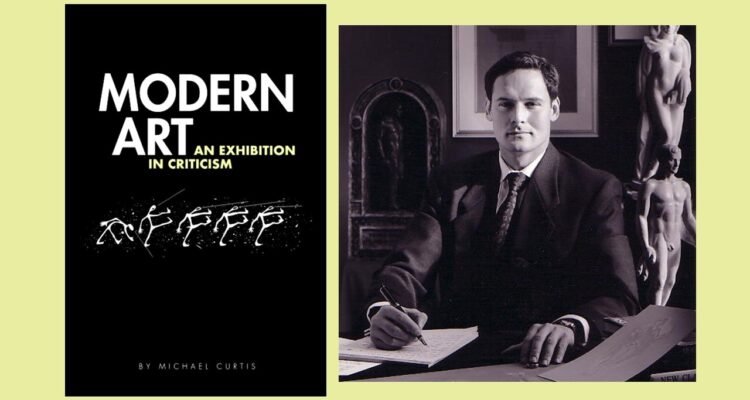Mt. Pleasant Library
The National Civic Art Society cordially invites you to take part in our 2024 walking tour series of the architecture of historic neighborhoods in Washington, D.C. and the surrounding area: Mt. Pleasant, Foggy Bottom, Old Southwest, U St. / Black Broadway, and Glen Echo, MD.
About the tour leader: Jeanne Fogle is a Washington, D.C. historian who was born in the nation’s capital, where her family has lived for more than 170 years. She has authored four books on Washington, D.C.’s social and architectural history: Two Hundred Years: Stories of the Nation’s Capital; Proximity to Power - Neighbors to the Presidents Near Lafayette Square; Washington, D.C., a Pictorial Celebration; and A Neighborhood Guide to Washington's D.C.'s Hidden History. For 21 years, Fogle served as an adjunct professor of Washington History and Regional Tour Guiding and Tour Managing at NOVA. Her great-grandfather George F. W. Strieby was an accomplished fresco artist whose work adorns the U.S. Capitol.
Tours are limited to 1.5 hours in length and start at 10:00am. Each tour's meeting place will be revealed to registrants. The cost per tour is $10. NCAS members, students, interns, and Hill staffers may obtain free tickets by e-mailing info@civicart.org. If you have any questions, please e-mail info@civicart.org or call (202) 670-1776. Tours take place rain or shine.
Registration is required. You can register HERE.
Tour 1. SATURDAY APRIL 27 - 10:00am-11:30 - MT. PLEASANT
Mt. Pleasant was founded just after the Civil War and was Washington’s first suburb. This rural, bucolic community was home to some of the city’s “movers and shakers.” The village evolved into a fashionable streetcar suburb, then a working-class neighborhood, a haven for immigrants, and is known for its lovely homes and ethnic and racial diversity.
Tour 2. SATURDAY MAY 4 - 10:00am-11:30 - HISTORIC FOGGY BOTTOM
The area now called Foggy Bottom was central to the early development of Washington. Shipping and manufacturing were established; working-class rowhouses and grand mansions were built. It became a Civil War military outpost. The 20th century brought government buildings, a university, a culture center, co-ops, condos, and renewal.
Tour 3. SATURDAY MAY 11 - 10:00am-11:30 - OLD SOUTHWEST
For 150 years, Southwest was the largest working-class, waterfront neighborhood in Washington. The city’s first military post was established there. Immigrants and African-Americans settled in the area. In the 1960s, Southwest underwent “Urban Renewal,” creating a mix of 19th-century, mid-20th-century-modern, new, and some less-lovely structures.
Tour 4. SATURDAY MAY 18 - 10:00am-11:30 - U ST. / BLACK BROADWAY
The U St. area, once rural, housed Civil War camps that by 1869 was the site of Howard University. This area became a city within the city, a neighborhood at the edge of downtown, that was built by and for the African-American community, where theaters and jazz clubs were surrounded by neat rowhouses, shops, churches, and schools.
Tour 5. SATURDAY MAY 25 - 10:00am-11:30 - GLEN ECHO, MARYLAND
Glen-Echo-on-the-Potomac was part of the 1874 Chautauqua Movement of Summer Camps for families. Huge structures were built, important lecturers invited, lots were sold, and houses were built. After one year, it failed. It later became Washington’s best-loved amusement park. Today, it is a magical place located in a charming neighborhood.
Register HERE.


